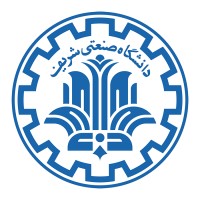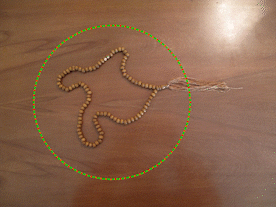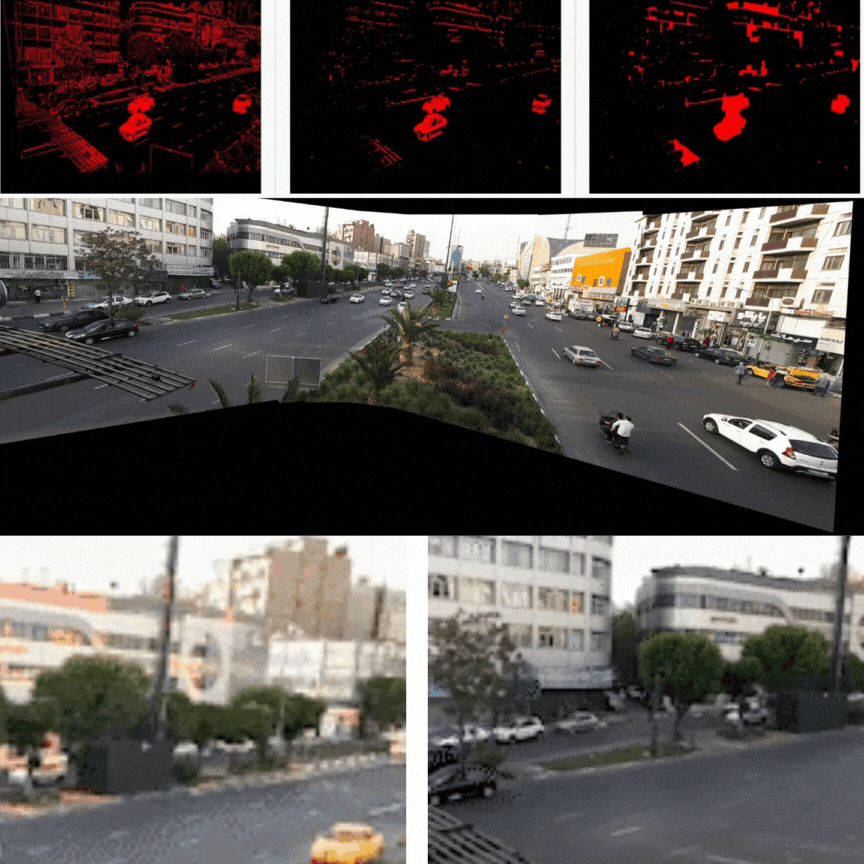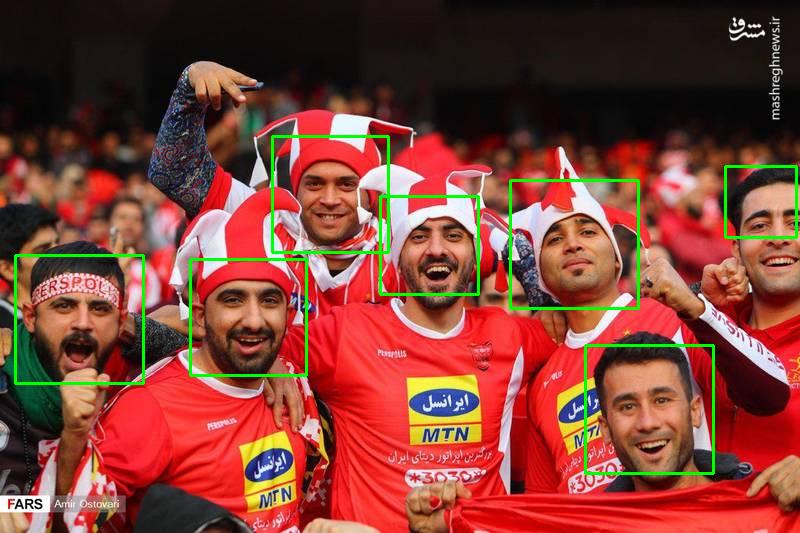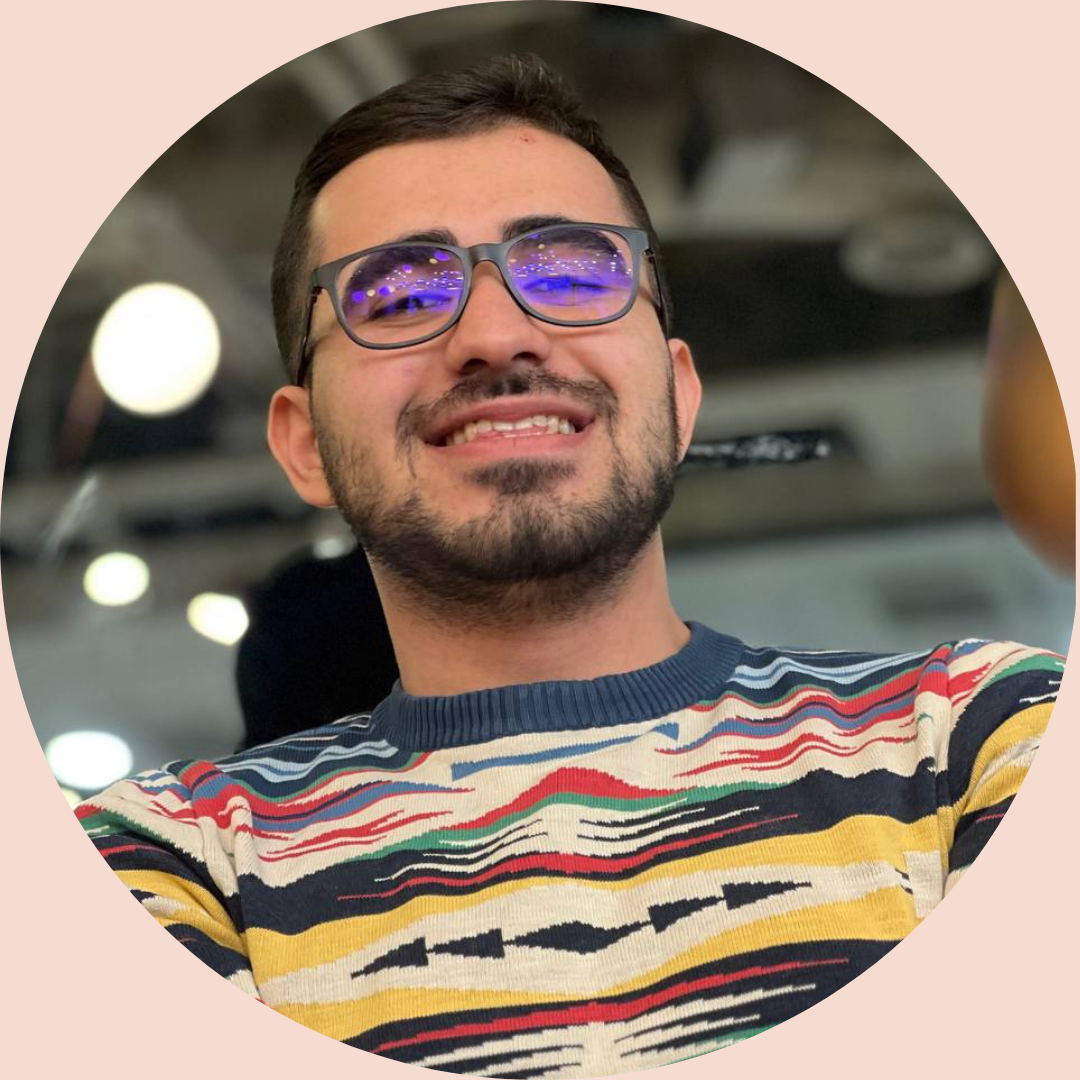
I'm Saeed Razavi a final-year undergraduate student majoring in electrical engineering at Sharif University of Technology. My research interests span the intersection of ML and healthcare problems, with a focus on self-supervised pipelines, trustworthy AI, and optimization. My ultimate goal is to use ML to create a reliable system for early disease diagnosis. I'm also passionate about developing robust models to tackle manipulation methods in deepfake scenarios.





